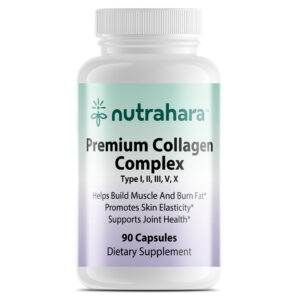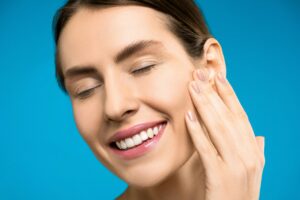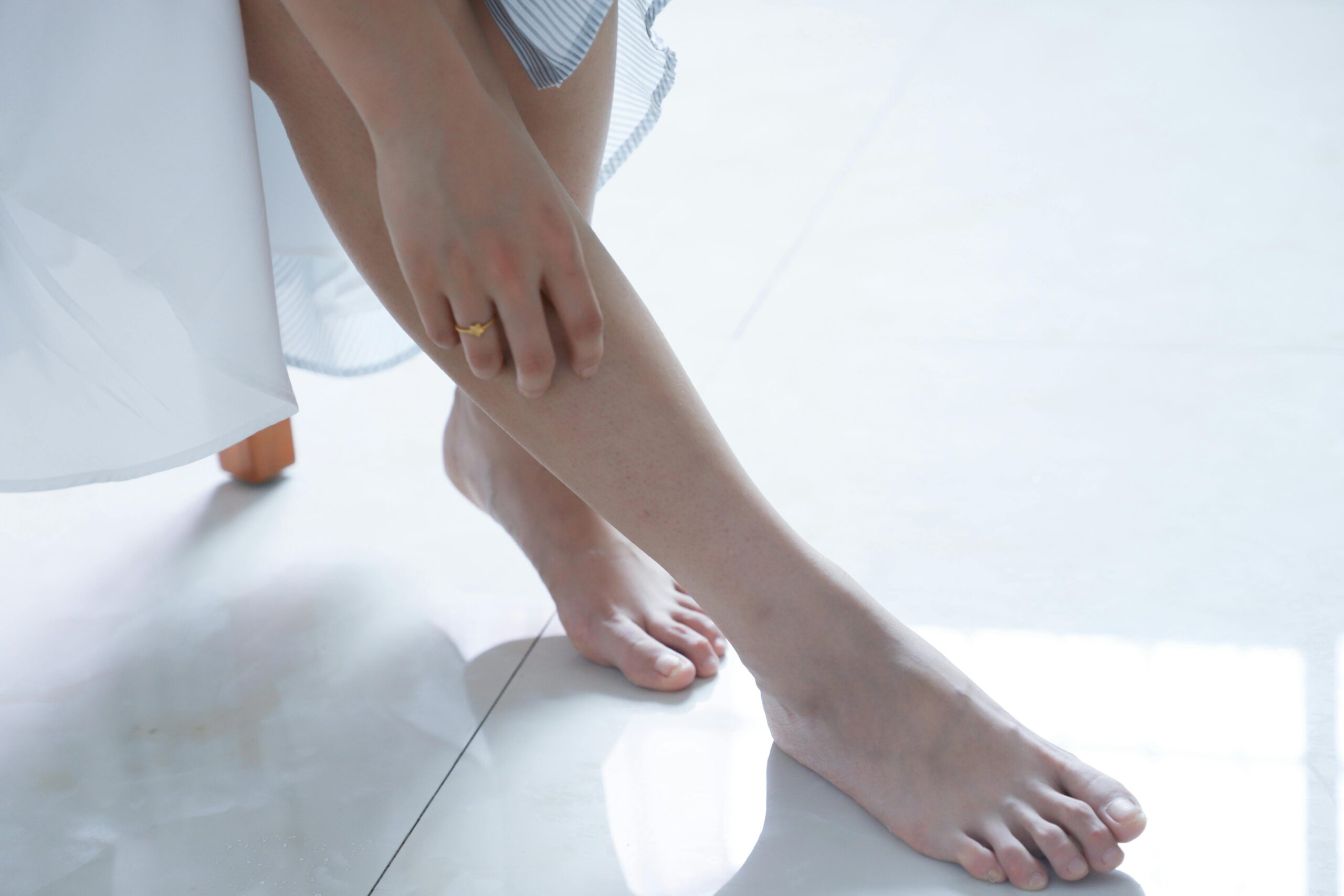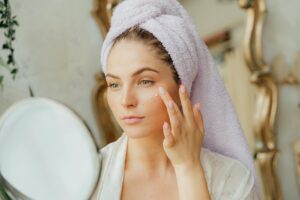
1. Introduction: Why Supplements for Women Matter
The journey of womanhood is beautifully complex, with each stage of life bringing its own unique challenges and triumphs. From the busy years of career-building and caregiving to the transitional phases of perimenopause and menopause, women between the ages of 30 and 60 often face nutritional, hormonal, and lifestyle demands that require special attention. Even with the best intentions—such as eating balanced meals, exercising regularly, and practicing self-care—it can be difficult to maintain optimal levels of key nutrients every single day. This is where supplements for women step in as essential allies.
Supplements are not meant to replace whole foods; rather, they fill in the nutritional gaps that are nearly impossible to avoid in modern living. Stress, environmental toxins, processed foods, and busy schedules can deplete essential nutrients, leaving women feeling fatigued, moody, or unbalanced. For example, a woman in her 30s may need extra iron and B vitamins to support energy during menstruation, while a woman in her 50s may need calcium, vitamin D, and phytoestrogens to support bone strength and hormonal balance. The right supplements for women ensure that no matter what stage of life she’s in, her body and mind receive the nourishment they deserve.
In this guide, we will explore why supplements for women are critical for everyday wellness, highlight key nutrients and herbs that play a role in women’s health, and share expert-backed tips for selecting the best options. Along the way, we’ll shine a spotlight on Nutrahara Women’s Health Supplements—such as FemmePower for energy and hormonal balance, and BlossomBliss for menopause support—that are designed with women’s unique needs at heart. By the end, you’ll have the knowledge and confidence to choose the right supplements that empower you to live your healthiest, most vibrant life.
2. Understanding the Role of Supplements for Women
2.1 Why Women Need Tailored Supplements
Women’s bodies are remarkably dynamic, constantly adapting to hormonal shifts, stressors, and metabolic changes. Unlike men, women experience unique life stages such as menstruation, pregnancy, breastfeeding, and menopause—all of which influence nutritional needs. For instance, menstruating women often require more iron to prevent anemia, while women in perimenopause benefit from phytoestrogen-rich supplements for women to support hormonal balance. Tailored supplements take these differences into account, offering formulas that specifically meet women’s evolving needs.

2.2 Common Nutritional Gaps in Women’s Diets
Even with a balanced diet, many women still fall short on essential nutrients. Busy schedules and processed foods make it difficult to consistently get the vitamins and minerals necessary for optimal health. Some of the most common deficiencies include: – Iron – Crucial for oxygen transport and energy, but often depleted due to monthly menstrual cycles. – Vitamin B Complex – Supports energy metabolism, stress resilience, and mood balance. – Omega-3 Fatty Acids – Known for reducing inflammation and supporting brain and heart health, yet often lacking in diets low in fatty fish. – Collagen – Declines naturally with age, impacting skin elasticity, hair strength, and joint flexibility. – Magnesium – Supports muscle relaxation, hormone balance, and quality sleep, but is depleted by stress and caffeine intake. – Calcium and Vitamin D – Critical for bone health, especially in postmenopausal women at higher risk of osteoporosis.
2.3 How Nutrahara Supports Women’s Health
Nutrahara’s range of supplements for women was carefully designed to fill these nutritional gaps. Unlike generic multivitamins, Nutrahara products address the root causes of women’s wellness concerns—hormonal balance, energy depletion, stress, and aging. For example: – FemmePower helps harmonize hormones and reduce PMS discomfort. – BlossomBliss eases menopausal symptoms and promotes restful sleep. – Premium Collagen Complex restores youthful skin, strong nails, and healthy joints. – Vitamin B Complex boosts natural energy and supports mental clarity.
By addressing nutritional gaps and supporting whole-body wellness, Nutrahara empowers women to feel balanced, resilient, and radiant at every stage of life.
3. Key Supplements for Women’s Health
3.1 Multivitamins for Women
Multivitamins are often the foundation of a woman’s supplement routine. They provide a broad spectrum of essential nutrients that can be hard to obtain daily from food alone. A high-quality multivitamin designed as a supplement for women should include iron for menstruating women, folate for reproductive health, B vitamins for energy, and antioxidants such as vitamins C and E for cellular protection. These multivitamins act as a nutritional safety net, ensuring that even on hectic days, women’s bodies receive the nourishment they need.
3.2 Omega-3 Fatty Acids
Omega-3s are powerful fatty acids found in fish oil, algae, and flaxseed. They are critical for heart health, brain function, and reducing inflammation. Many women do not consume enough omega-3-rich foods, making supplementation essential. As a key supplement for women, omega-3 supports emotional well-being, eases menstrual discomfort, and promotes glowing skin. Women navigating perimenopause or menopause may also benefit from omega-3s for their role in supporting cardiovascular health during hormonal transitions.
3.3 Vitamin D and Calcium
Bone health is a major concern for women, especially as estrogen levels decline during menopause. Supplements for women that include calcium and vitamin D are vital to reducing the risk of osteoporosis. Vitamin D enhances calcium absorption and also supports immune function, mood regulation, and muscle strength. Since many women have limited sun exposure or reduced ability to synthesize vitamin D with age, supplementation is often necessary.
3.4 Collagen Supplements for Women
Collagen is the most abundant protein in the body, but natural production declines after age 30. This leads to wrinkles, joint discomfort, and weaker hair and nails. Collagen-based supplements for women, such as Nutrahara’s Premium Collagen Complex, help restore skin elasticity, strengthen nails, and support joint function. These benefits are particularly valuable for women who wish to age gracefully and maintain vitality inside and out.
3.5 Herbal Supplements for Women
Herbal remedies have been trusted for centuries to support women’s health. Adaptogenic herbs like ashwagandha help manage stress, while black cohosh and red clover are renowned for easing menopausal symptoms. Nutrahara’s FemmePower combines adaptogens and nutrients to regulate hormonal cycles, while BlossomBliss incorporates botanicals that help reduce hot flashes and mood swings. These herbal supplements for women provide natural, effective solutions that honor women’s unique physiology.
4. Spotlight on Nutrahara Women’s Health Supplements
4.1 FemmePower: Energy, Hormone, and Mood Support
FemmePower is one of Nutrahara’s flagship supplements for women, carefully crafted to support energy, mood, and hormonal balance. Many women struggle with monthly PMS discomfort, fatigue, or irregular cycles, and FemmePower was designed to address these concerns holistically. Its adaptogenic herbs work with the body’s natural rhythms to ease stress, regulate hormones, and improve emotional well-being. FemmePower is also enriched with vital nutrients that enhance energy and stamina, making it the perfect companion for women juggling busy lifestyles.
Key benefits of FemmePower include: – Relief from PMS symptoms such as mood swings and bloating. – Improved hormonal balance and cycle regularity. – Boosted daily energy levels and stress resilience. – Enhanced mood and emotional stability.
4.2 BlossomBliss: Menopause and Perimenopause Support
BlossomBliss was developed to help women navigate the transitions of perimenopause and menopause with grace and comfort. Hormonal changes during this time can trigger hot flashes, night sweats, mood swings, and disrupted sleep. BlossomBliss integrates natural botanicals like black cohosh and red clover to reduce these discomforts while also supporting bone and heart health. As one of the most thoughtfully designed supplements for women in midlife, BlossomBliss helps restore a sense of balance and vitality.
Key benefits of BlossomBliss include: – Reduction in hot flashes and night sweats. – Improved sleep quality and relaxation. – Stabilized mood during hormonal transitions. – Support for long-term bone and cardiovascular health.
4.3 Other Nutrahara Essentials for Women
In addition to FemmePower and BlossomBliss, Nutrahara offers a range of other targeted supplements for women, each designed to address specific needs: – Vitamin B Complex – Enhances natural energy, improves focus, and supports nerve health. – Ashwagandha with Black Pepper – A powerful adaptogen for stress reduction, immune support, and mental clarity. – RestoraSleep – Promotes deep, restorative rest, helping women recover from busy days and reset their energy. – Premium Collagen Complex – Replenishes collagen levels to support skin elasticity, joint flexibility, and healthy hair and nails.
Nutrahara’s Women’s Health line is more than supplementation—it’s about empowering women to take charge of their wellness journey with formulas that honor their body’s natural rhythms and needs.

5. Seven Tips for Choosing the Right Supplements for Women
Selecting the right supplements for women can feel overwhelming with the vast array of options available today. To make empowered, informed choices, women should focus on their unique health needs, life stage, and quality of the products they choose. Here are seven practical tips to guide you:
5.1 Identify Your Life Stage
Your nutritional needs change throughout life. Women in their 30s may prioritize iron and B vitamins for energy and reproductive health, while women in their 40s might focus on stress support with adaptogens. In their 50s and beyond, calcium, vitamin D, and phytoestrogen-rich supplements for women become vital to bone and hormone health.
5.2 Prioritize Quality Over Quantity
More isn’t always better. Instead of grabbing a supplement with a long ingredient list, choose brands like Nutrahara that emphasize purity, potency, and bioavailability. This ensures your body can actually absorb and utilize the nutrients.
5.3 Seek Targeted Formulas
Generic supplements often fail to address specific women’s health concerns. Look for supplements for women designed for energy, hormone support, menopause relief, or skin and joint vitality. For example, FemmePower is targeted for PMS and hormonal balance, while BlossomBliss is tailored for menopause.
5.4 Read Ingredient Labels Carefully
Transparency is everything. Check for artificial additives, unnecessary fillers, or hidden sugars. A quality supplement for women should clearly list active ingredients, their sources, and dosages.
5.5 Combine Nutrition with Lifestyle
Supplements alone are not a magic solution. For best results, integrate them with a wholesome diet, regular physical activity, mindfulness practices, and restorative sleep. This synergy amplifies the benefits of your chosen supplements for women.
5.6 Consult with a Professional
Every woman’s health story is unique. Consulting with a healthcare provider or nutritionist can help personalize your supplement plan, especially if you’re managing health conditions or taking prescription medications.
5.7 Be Consistent
The benefits of supplements for women are gradual and cumulative. Consistency is key—take your supplements daily and give them at least 8–12 weeks before evaluating results. Like building strength at the gym, nourishing your body requires steady commitment.
By following these seven tips, women can cut through the confusion of the supplement market and build a wellness plan that supports energy, balance, and resilience for years to come.
6. Testimonials: Real Women Share Their Experience with Supplements for Women
6.1 Sarah, 42
“I used to dread the week before my period because of constant fatigue, irritability, and bloating. After starting FemmePower, I noticed significant improvements within two cycles. My mood feels more stable, I have the energy to keep up with my kids, and the discomfort is far less intense. These supplements for women have given me back control over my monthly cycle.”
6.2 Aisha, 38
“Perimenopause hit me earlier than I expected, and I was overwhelmed by hot flashes and restless nights. A friend recommended BlossomBliss, and I am so grateful she did. Within a month, my sleep improved and the hot flashes became less frequent. I feel like myself again. It’s amazing how the right supplements for women can change daily life.”
6.3 Priya, 50
“As I got older, I started noticing my skin losing elasticity and my joints aching more often. Nutrahara’s Premium Collagen Complex has been a game-changer. My skin feels firmer, my nails grow stronger, and my knees don’t ache after long walks. These are truly anti-aging supplements for women that work from the inside out.”
6.4 Emily, 35
“Stress was taking a toll on my health—I couldn’t focus, I wasn’t sleeping well, and I felt drained all the time. When I added Ashwagandha with Black Pepper to my routine, the difference was noticeable within weeks. I feel calmer, more focused at work, and even my sleep has improved. These supplements for women are now my go-to for stress resilience.”
6.5 Linda, 55
“Menopause was the hardest transition of my life until I discovered BlossomBliss. The mood swings and night sweats were unbearable, but after using this supplement, I feel much more balanced and comfortable. I can finally sleep through the night, and my family has noticed how much calmer I am. Nutrahara’s supplements for women have truly supported me through this stage of life.”
7. Conclusion: Empowering Women Through Supplements
Supplements for women are more than just capsules or powders—they are powerful tools of self-care and empowerment. By filling nutritional gaps, easing hormonal transitions, and enhancing beauty from within, they help women show up with energy, confidence, and resilience in every area of life. Whether it’s a busy professional in her 30s, a mother balancing family and career in her 40s, or a woman embracing the wisdom of her 50s and beyond, supplements can provide the daily support that makes wellness sustainable.
Nutrahara’s thoughtfully crafted Women’s Health line—including FemmePower, BlossomBliss, Vitamin B Complex, and Premium Collagen Complex—was designed with the modern woman in mind. These aren’t just supplements; they’re companions on a lifelong journey toward balance and vitality.
If you’ve been feeling the effects of stress, hormonal changes, or nutritional gaps, now is the perfect time to explore how the right supplements for women can transform your well-being. Take the first step toward renewed energy, radiant health, and a stronger sense of self—because you deserve nothing less than to feel your very best.
Disclaimer: This article is not a substitute for medical advice. Please consult a healthcare professional before starting any supplement, especially if pregnant, nursing, taking medication, or managing health conditions.
Written by the Nutrahara Team
This article was prepared by the expert team at Nutrahara, which includes experienced nutrition scientists and naturopaths dedicated to advancing women’s health through natural wellness solutions. We combine scientific research with holistic practices to help you live your healthiest life. Connect with us on LinkedIn to stay updated on the latest in women’s health and wellness.


























